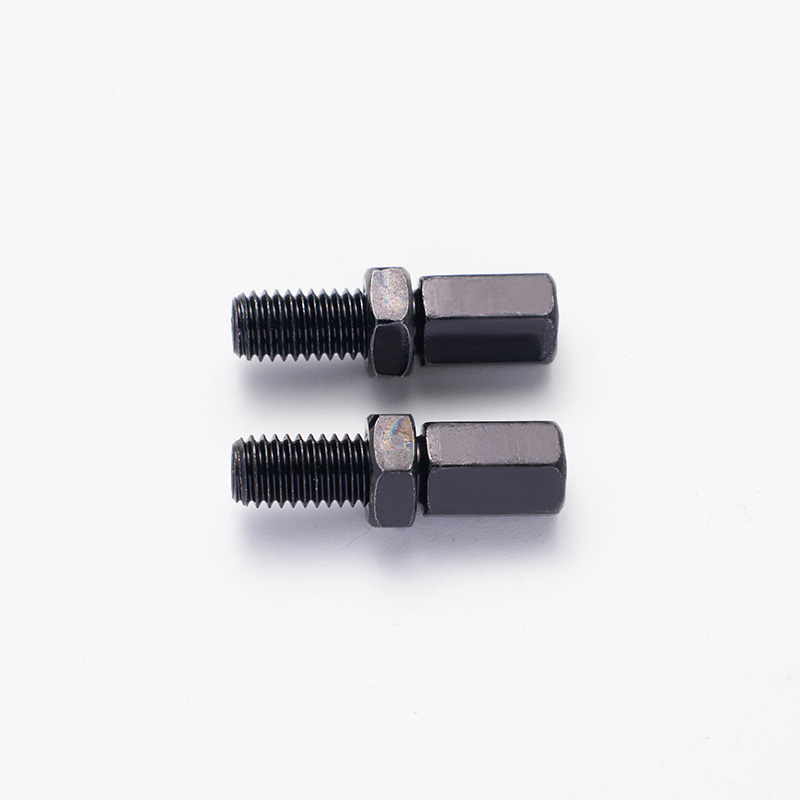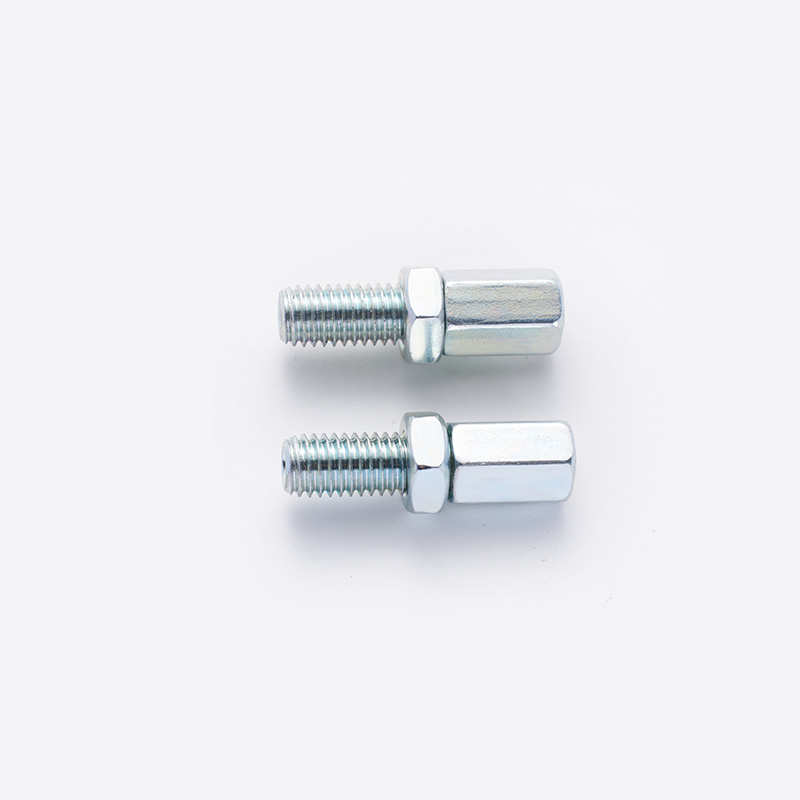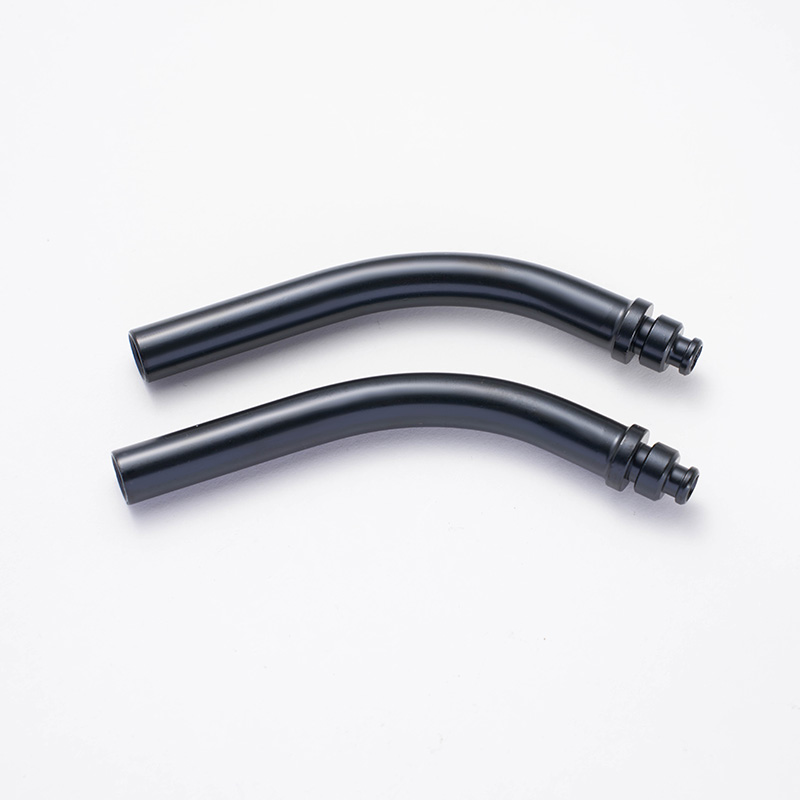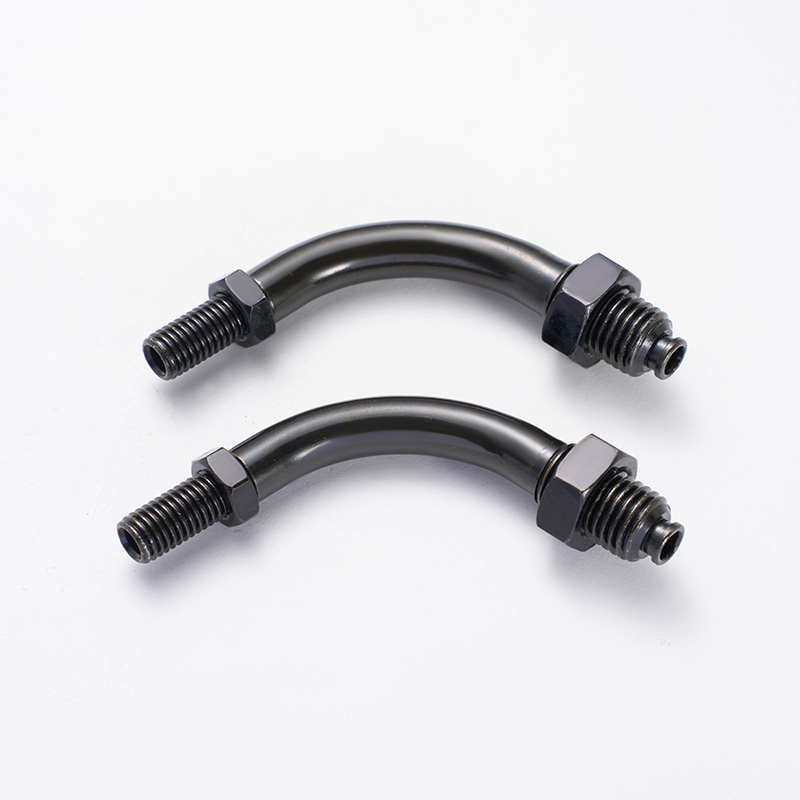How Have Lithium Cylinder Cells Evolved?
The journey of the lithium cylinder battery cell, commonly recognized in the 18650 format, began in the early 1990s. Its initial use was not in consumer electronics but was pioneered by Sony to power their handheld camcorders. This innovation addressed a critical need for a rechargeable power source with a higher energy density than the nickel-cadmium (NiCd) and nickel-metal hydride (NiMH) batteries dominant at the time. The cylindrical design offered a robust and mechanically stable package, ideal for the automated manufacturing processes of the era. These early lithium-ion cells provided the foundational technology that would soon power a revolution.

Subsequent development has been driven by relentless demands for greater performance, safety, and affordability. Advancements in cathode chemistry have been particularly significant, evolving from lithium-cobalt oxide (LCO) to include variants like lithium iron phosphate (LFP) for enhanced safety and cycle life, and nickel-manganese-cobalt (NMC) for a balance of energy density and power. Anode materials have also improved, with the gradual integration of silicon to increase capacity. Manufacturing precision has reached exceptional levels, allowing for thinner internal separators and more efficient designs that maximize space for active materials. Furthermore, the introduction of internal safety devices, such as positive temperature coefficient (PTC) elements and current interrupt devices (CID), became standard. This evolution has successfully expanded the cell's application far beyond camcorders, establishing it as the core building block for modern devices ranging from laptops and power tools to electric vehicles and large-scale energy storage systems.
What Governs the Life of a Cyclic Lithium Battery?
The production and use of cyclic lithium batteries, designed for repeated charge and discharge, are governed by stringent requirements and necessary precautions to ensure safety, performance, and longevity.
Production Requirements
The manufacturing of reliable cyclic lithium batteries demands precision and control. It begins with the quality of raw materials; high-purity electrodes and electrolytes are essential to prevent internal short circuits and degradation. The assembly process must occur in meticulously controlled dry rooms, as even trace amounts of moisture can severely compromise cell performance and safety. A critical production requirement is the formation process. This initial charge and discharge cycle activates the battery, forming a stable Solid-Electrolyte Interphase (SEI) layer on the anode. This layer is vital for the battery's long-term cycle life, as it protects the anode from continuous reaction with the electrolyte. Finally, every cell must undergo rigorous quality testing, including checks for capacity, internal resistance, and voltage to sort out any inconsistencies before they are assembled into larger packs.
Usage Precautions
Proper use is equally critical for safety and cycle life. The foremost precaution is to use a dedicated charger designed for the battery's specific chemistry and voltage. Using an incorrect charger can easily result in overcharging, a primary cause of cell failure and thermal risk. Physical protection is also mandatory; users must avoid puncturing, crushing, or exposing the battery to high temperatures, as these actions can cause internal short circuits. For batteries composed of multiple cells, like those in electric bikes or scooters, it is important to avoid consistently draining the pack to zero charge. Deep discharges can unbalance the cells and cause irreversible damage to the weakest cell in the pack, prematurely ending the life of the entire unit. Adhering to these guidelines ensures the battery operates within its safe design limits.
 boo@zjmgmm.com / 958587858@qq.com
boo@zjmgmm.com / 958587858@qq.com English
English русский
русский Español
Español عربى
عربى







 English
English  Building 33, Demonstration Park, No. 318 Chenguang Road, Eastern New District, Wenling City, Taizhou City, Zhejiang Province, China
Building 33, Demonstration Park, No. 318 Chenguang Road, Eastern New District, Wenling City, Taizhou City, Zhejiang Province, China  0086-576-86337978
0086-576-86337978  0086-576-86333878
0086-576-86333878
 boo@zjmgmm.com
boo@zjmgmm.com 